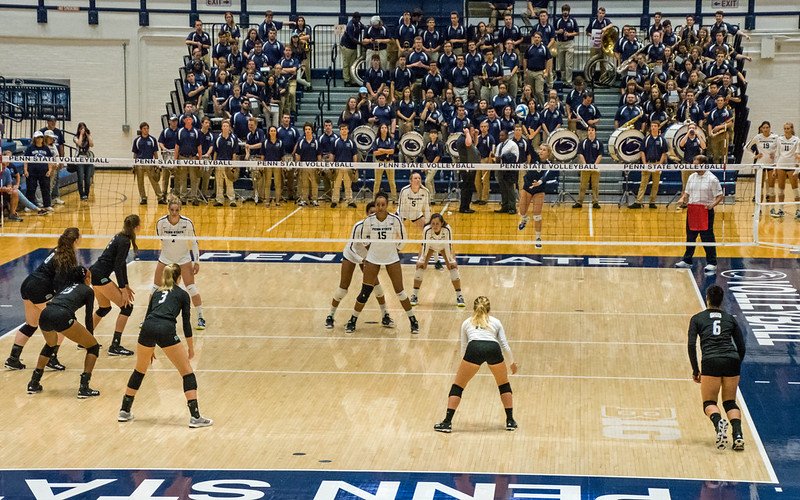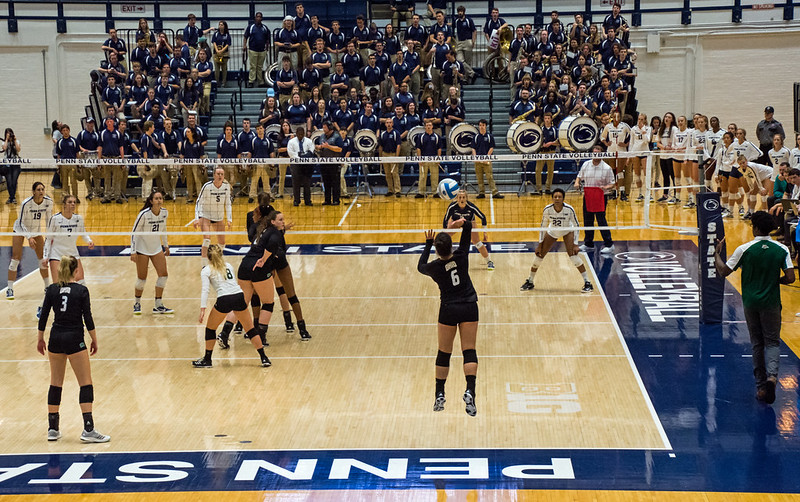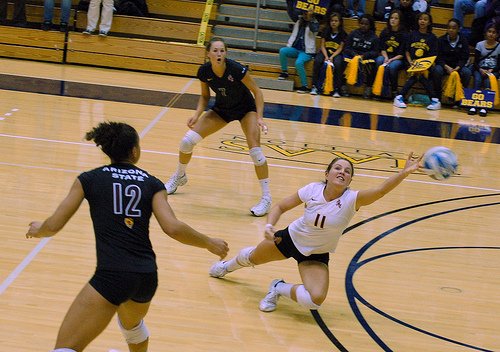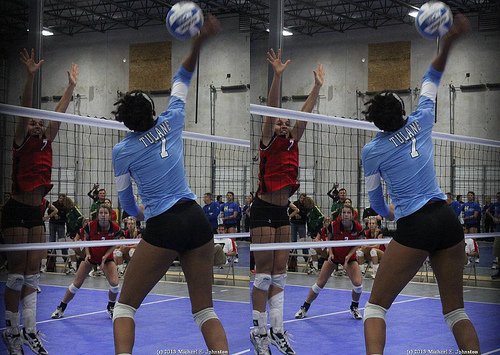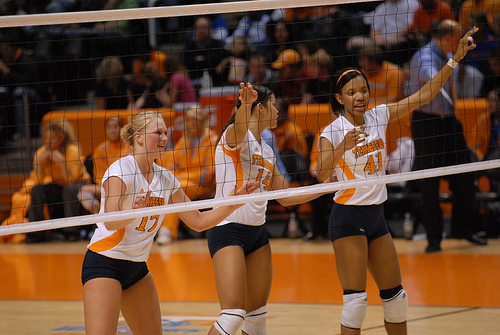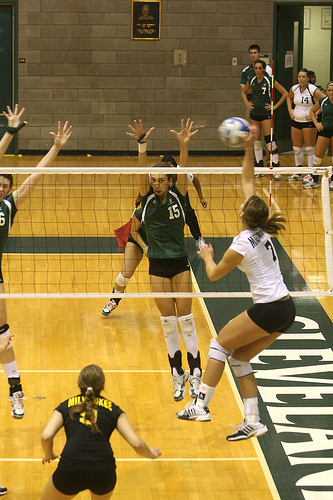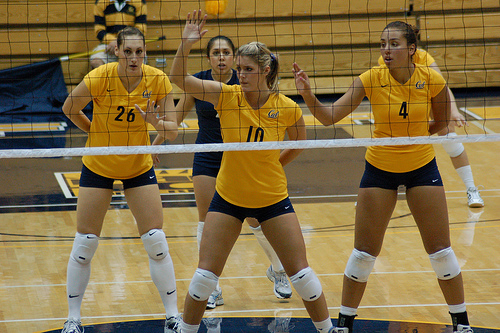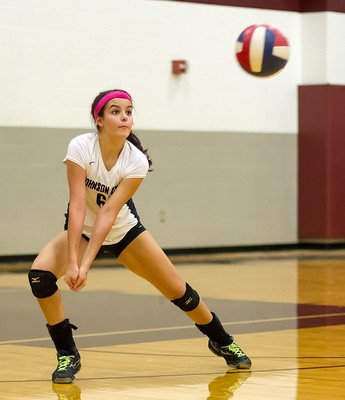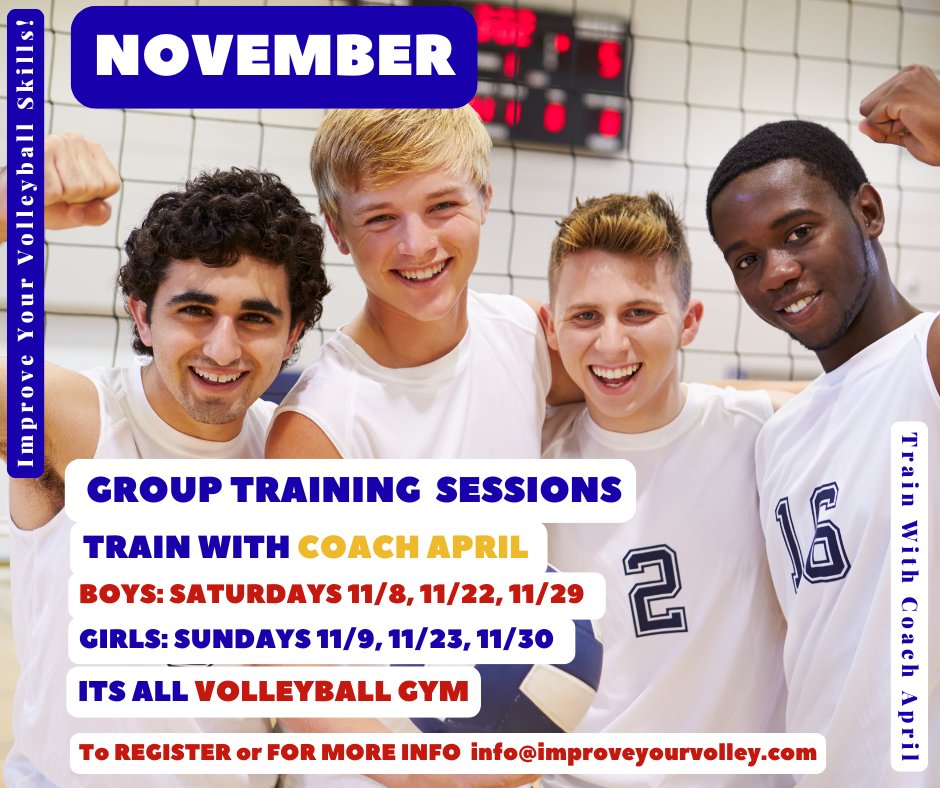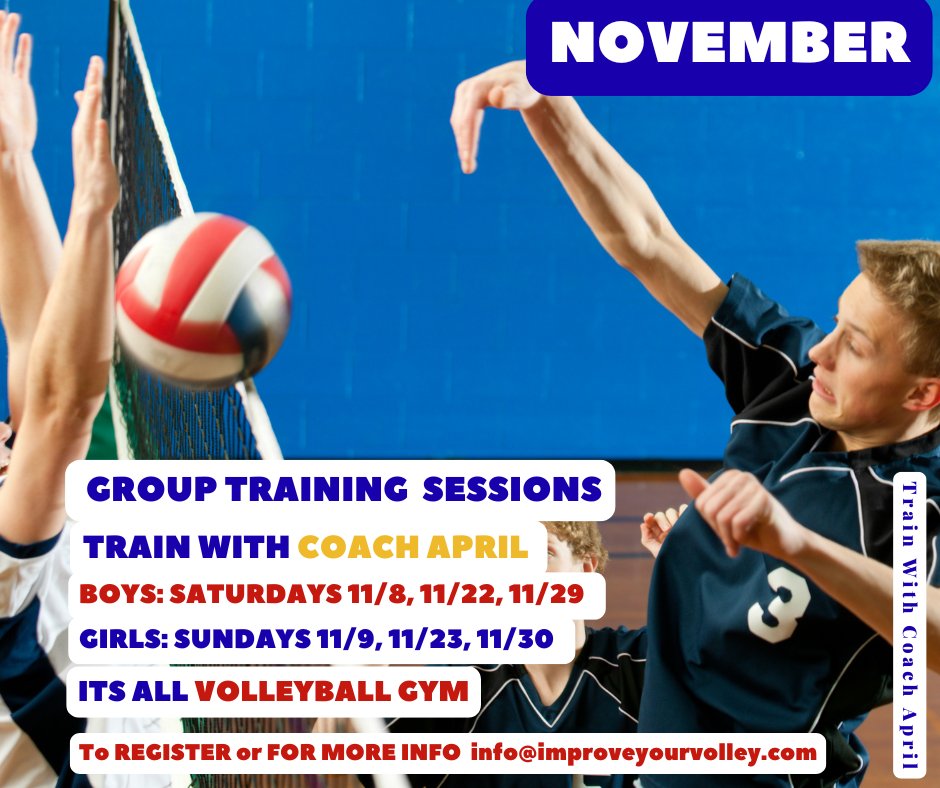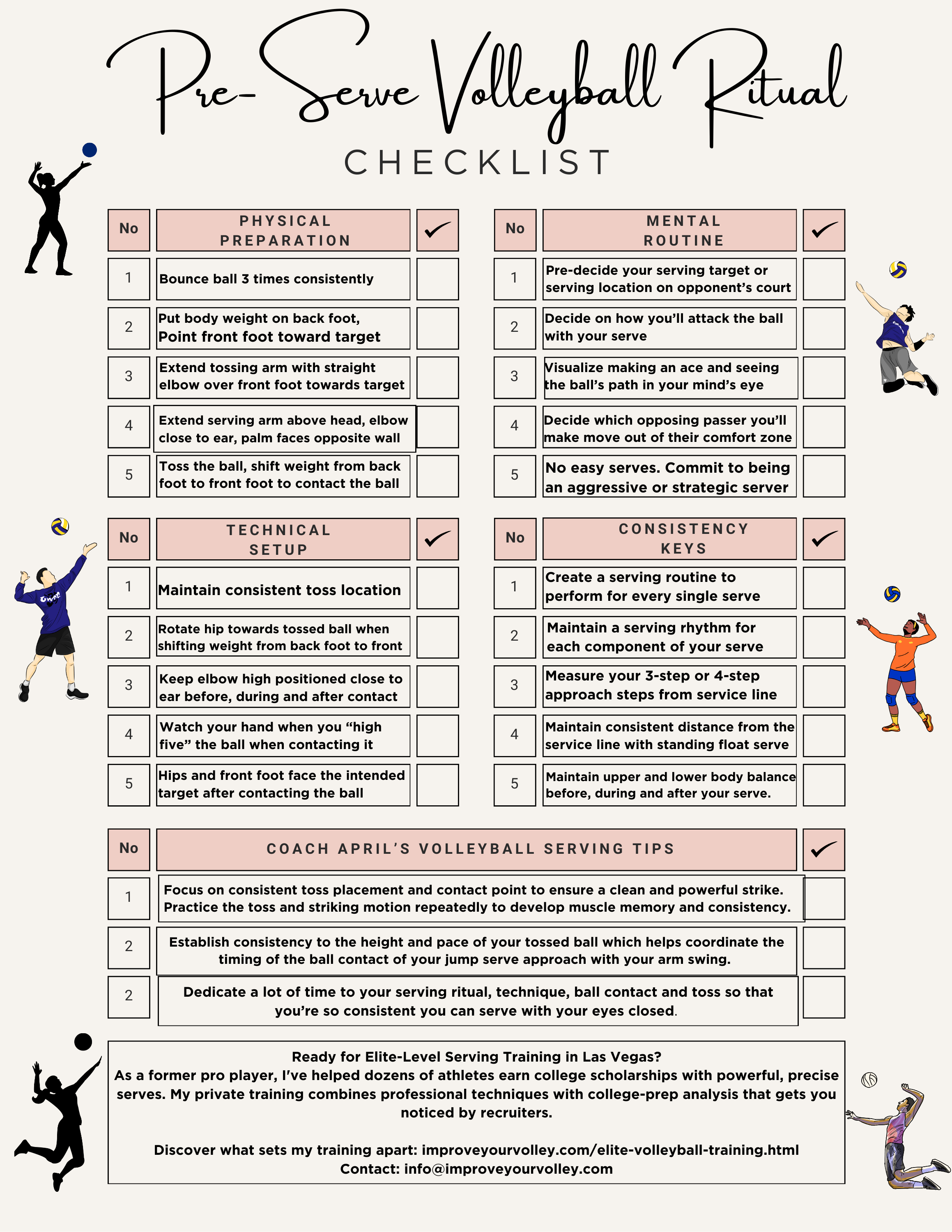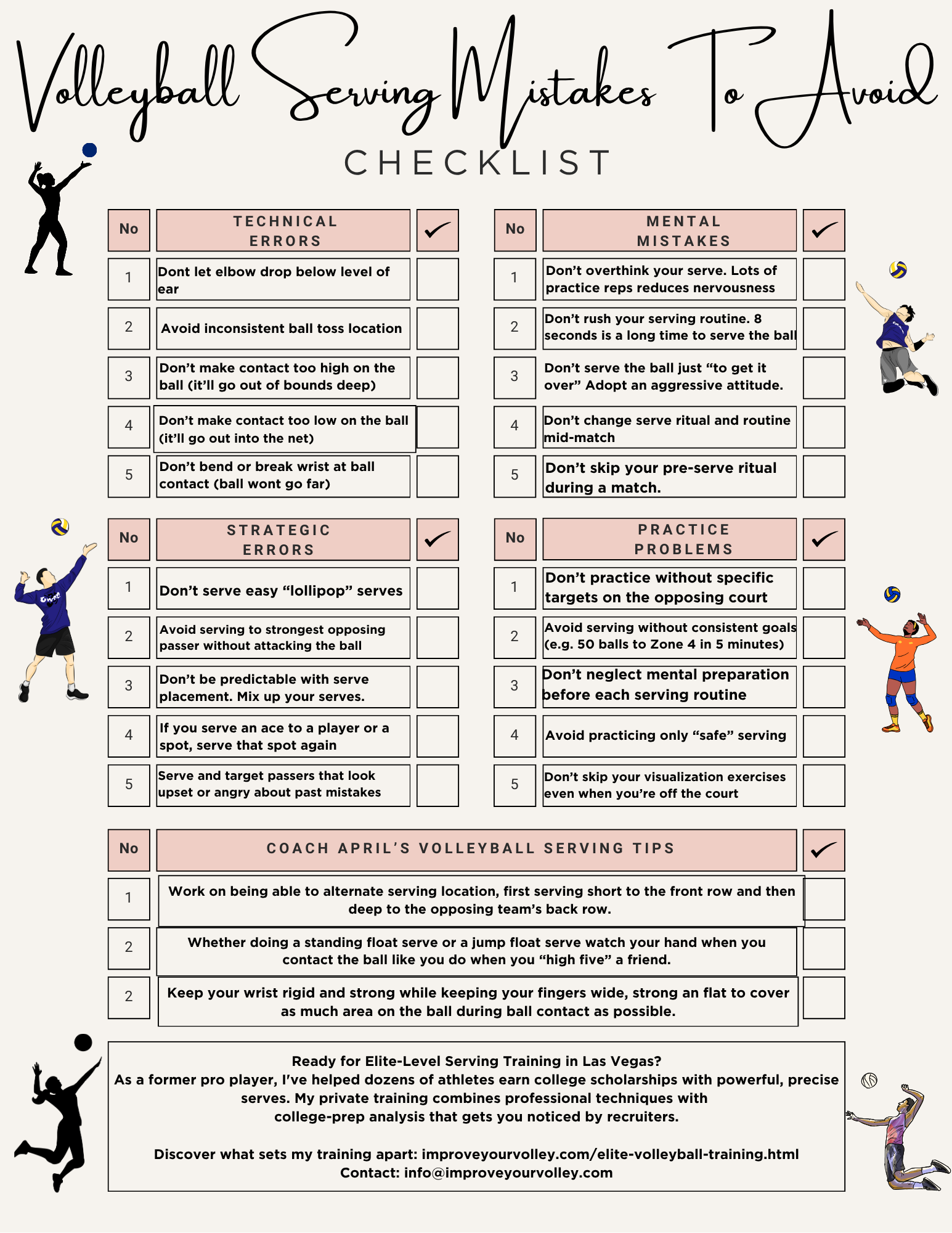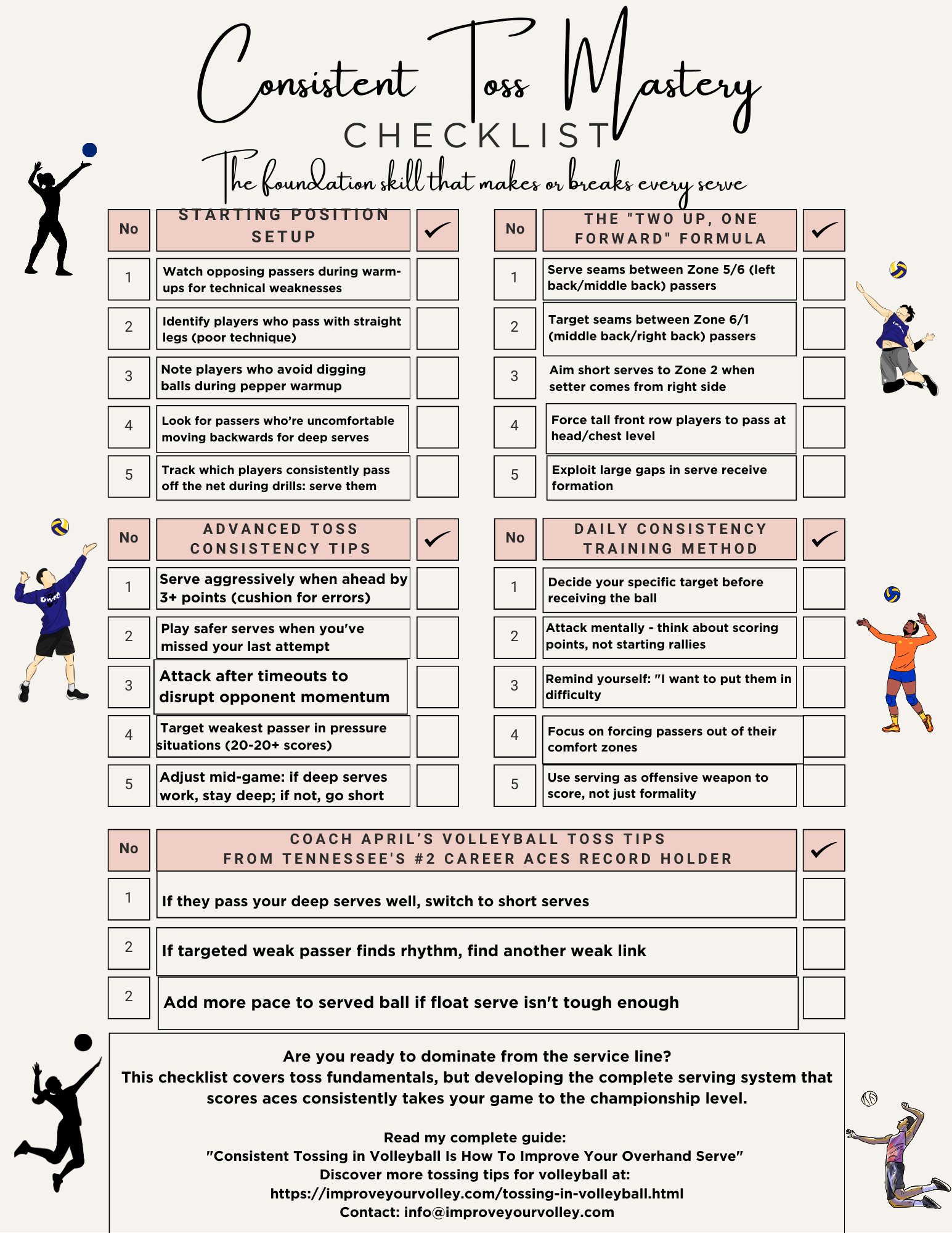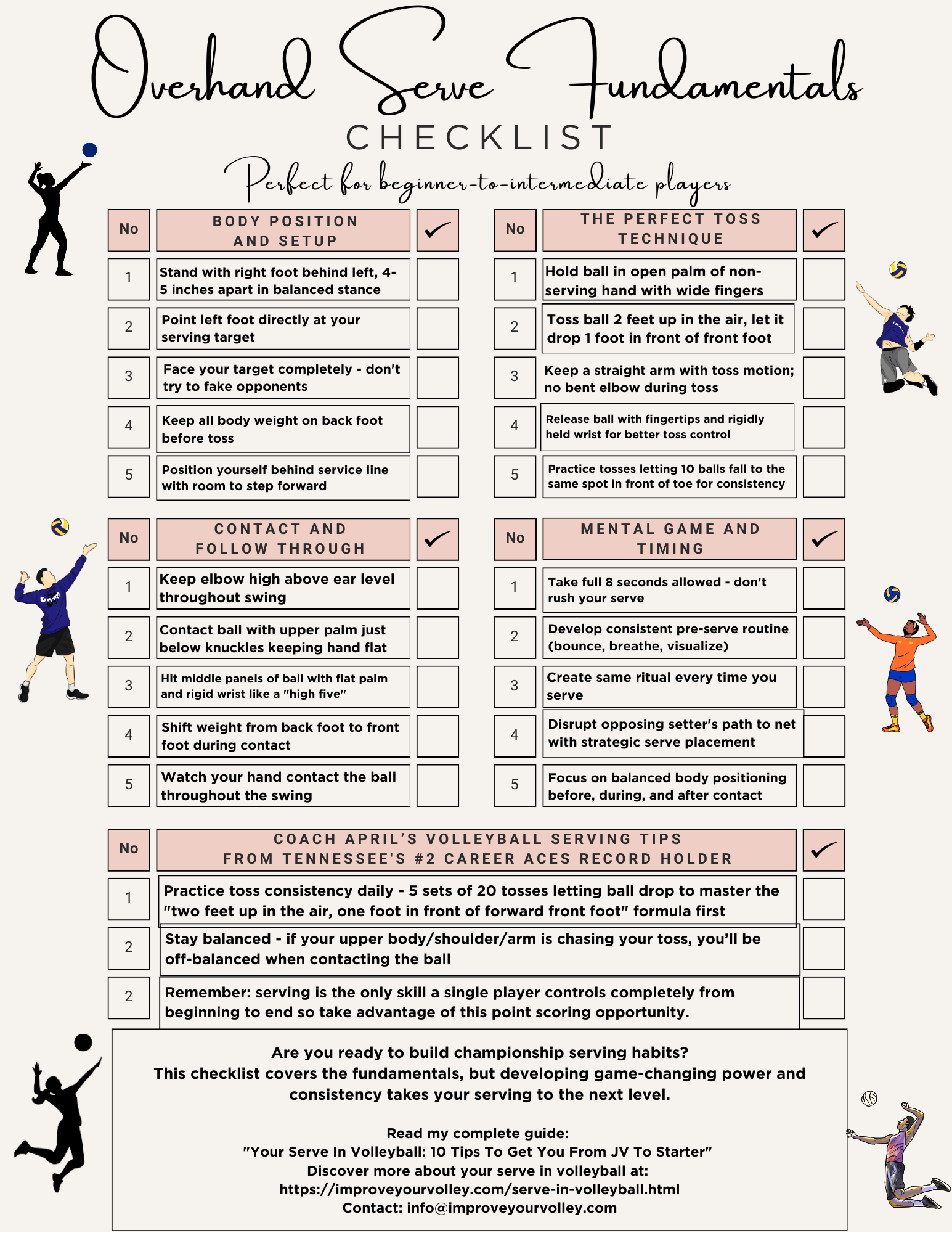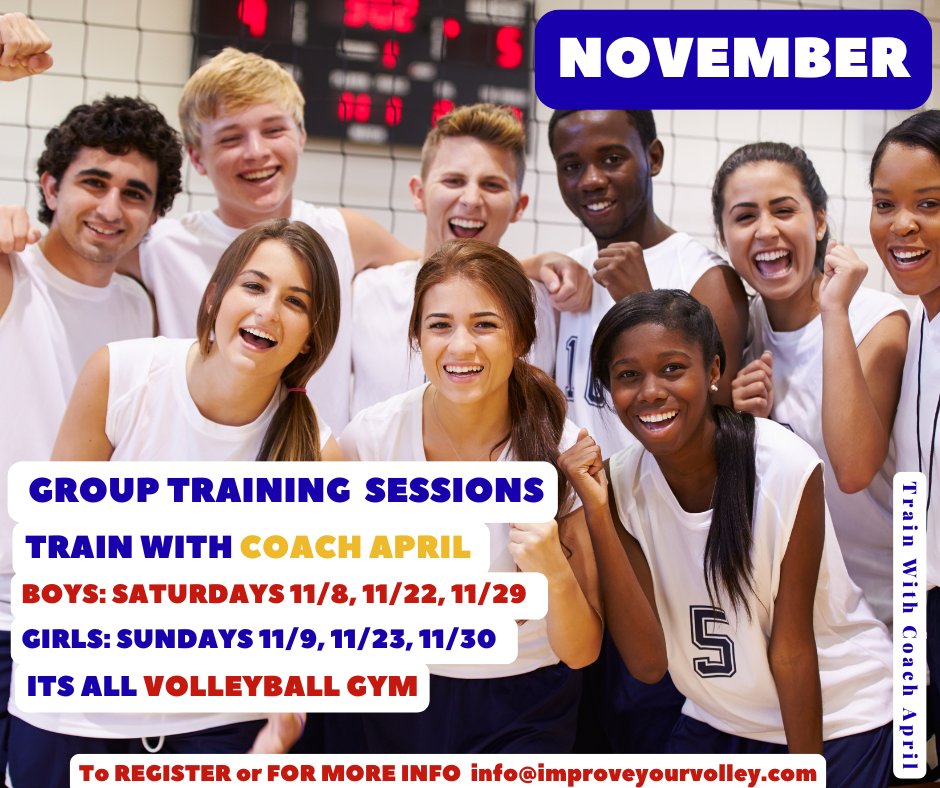 NOVEMBER Group Training with Coach April
Registration is NOW open for Group Training Sessions with me Coach April For BOYS on SATURDAYS 11/8, 11/22, 11/29
For GIRLS on SUNDAYS 11/9, 11/23, 11/30
From 10-11am at the Its All Volleyball gym.
Email: info@improveyourvolley.com to register or for more information
NOVEMBER Group Training with Coach April
Registration is NOW open for Group Training Sessions with me Coach April For BOYS on SATURDAYS 11/8, 11/22, 11/29
For GIRLS on SUNDAYS 11/9, 11/23, 11/30
From 10-11am at the Its All Volleyball gym.
Email: info@improveyourvolley.com to register or for more information- Improve Your Volleyball with Coach April
- Volleyball Game Rules: Serving, Score,
- Rotation in Volleyball
Rotation in Volleyball Your 8 Rotation Volleyball Questions Explained
I answer your questions about rotation in volleyball like how does rotation work? Does the libero rotate? and What positions serve in volleyball? and many others
On this page I answer your 8 most frequently asked rotation in volleyball questions.
What are the 6 volleyball rotations on the court?
- Right Back - RB - Position 1 - P1
- Middle Back - MB - Position 6 - P6
- Left Back - LB - Position 5 - P5
- Left Front - LF - Position 4 - P4
- Middle Front - MF - Position 3 - P3
- Right Front - RF - Position 2 - P2
The more you play, the more you will become familiar with what happens in each area on the court.
How does rotation work in volleyball?
Players rotate clockwise on the court.
So, if you are the player in zone 1 at the very start of the game, and you're on the team that won the right to serve first, then you would be your team's first server.
If you are on the other side of the net, in zone 1 but your team is passing the ball because they are receiving the serve, then after your team wins their first point, they also win the right to serve the ball for the first time.
Rotations in Volleyball
What positions serve in volleyball?
For the record all the player positions can serve in volleyball. That includes setters, left side hitters, opposite hitters, middle blockers, and defensive specialists.
Liberos can serve...in middle school, high school and college competition.
Only in international competition is the libero not permitted to serve.
What are the volleyball player positions who rotate into and out of the left back rotational court position (P5)?
What are the volleyball player positions who rotate into and out of the left back rotational court position?
Setters and Opposites
b) If this player is the setter or opposite hitter then they will switch places with the right back player who just served so that they can play defense or defend the right back area or zone 1 of their side of the court.
This is a common occurrence in defense among advanced teams, when a right side player like the setter or the opposite hitter has rotated into one of the left side zones in the front row or the back row.
They will switch with the left side player to play defense in the position they are trained to specialize in, located on the right side of the court.
c) If this player is an agile athletic player in defense or a libero they may be asked by the coach to switch places with the player in the middle back position, zone 6, so they can defend the middle back area of the indoor volleyball court.
What are the volleyball player positions who rotate into and out of the left front rotational court position (P4)?
Position 4 or P4 is where left side hitters and blockers train to excel in playing when they are in the front row.
When on defense, regardless of the rotation they find themselves in, left side players will switch with either the middle blocker or the right side player, after the whistle blows, to play in zone 4 in the front row or zone 5 in the back row because these are the two left side rotational positions on the court.
What are the volleyball player positions who specialize in playing in right side rotational court positions?
Setters and Opposites
Right side players specialize in and are trained to play on the right sides of the volleyball court, both on offense and on defense.
If their team is serving, then the right side players which are the setters and the opposite hitters, will switch with the left side players or middle blockers in order to play in their specialized position, which is located in a right side zone on the court, during a rally.
Remember the right side positions on the court are zone 1 in the back row and zone 2 in the front row.
Those rotational court positions don't move, or change, they stay the same. Only players move in and out of these areas, after their team wins the right to serve.
In other words, what moves are the different players that rotate into and out of those areas, after the serve, so that they can play in their specialized positions during each rally.
What is the Backrow Rotation in Volleyball?
P1, P6, and P5
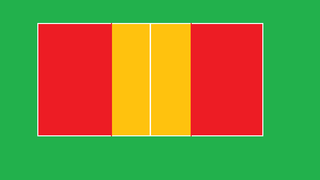 These three rotational court positions, P1, P6 and P5 make up the backcourt also called the back zone, and this is where the three back row players play defense and serve receive. (Chiba Ryo)
These three rotational court positions, P1, P6 and P5 make up the backcourt also called the back zone, and this is where the three back row players play defense and serve receive. (Chiba Ryo)These three rotational court positions, P1, P6 and P5 make up the backcourt also called the back zone, in volleyball terminology and this is where the three back row players play defense and serve receive.
Remember once a player rotates to the back row, if they need to switch with another player on defense, they can only do it with another player in the back row.
The same goes for players in the front row.
It's against the rules for a back row player to rotate or switch with a front row player and vice versa.
Does the libero rotate in volleyball?
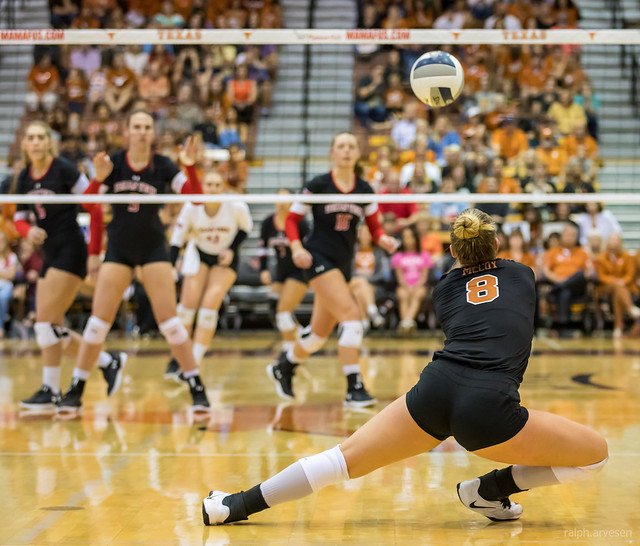 Rotation in Volleyball: Liberos are volleyball players specially trained to be agile, faster and have better ball control and defensive skills in the back row.(Arvesen)
Rotation in Volleyball: Liberos are volleyball players specially trained to be agile, faster and have better ball control and defensive skills in the back row.(Arvesen)Many times, when a middle blocker has to rotate to the backrow, a libero will come into the game to take their place since they are a defensive specialist and train specifically to be better suited to playing in the back court.
Liberos are volleyball players specially trained to be agile, faster and have better ball control and defensive skills in the back row.
They will usually play in Zone 6 or Zone 4 until its time for them to rotate up to the front row where the middle blocker will reenter the game.
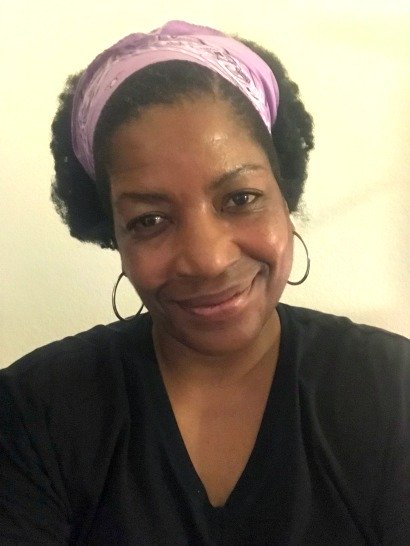
This has been an important message by your favorite volleyball coach! That's me!!
Thanks for visiting.
Be sure to check out more of my volleyball articles by clicking one of the links below! (April Chapple)
Do You Follow Me on Instagram?
Follow me on Instagram @coach_apchap to improve your game even faster!
I share alot of individual, partner and easy-to-do volleyball serving drills we do in class with my followers.
Many of these volleyball practice drills you can do at home by yourself or try at your next practice with your teammates.
If you're a B team or JV player trying to make varsity next year...your goal should be to complete 1000 reps a day of at least three of the basic skills on your own...volleyball passing, serving and setting should be at the top of the list.
Volleyball Game Rules:
Where Do You Go From Here?
Good times! Where do you need to go now? Here are three options:
- Learn more about the Rules.
- Follow the suggested reading on our Sitemap page Learning How To Play (Sitemap)
- Or visit the pages in the Volleyball Rules section in the drop down menu at the top of the page.
If your athlete struggles with consistent serve receive, gets subbed out, or is overlooked for playing time—this is the fix you’ve been looking for.

Struggling with passing consistency?
I help talented passers tired of getting pulled from games because of inconsistent serve receive skills BUILD passing confidence without expensive private lessons using the same 3-step system that's helped dozens of my athletes get recruited.
Download my eBook for $17.99 and start building the passing confidence that keeps you on the court—and gets you seen by college coaches.
From Lady Vol to Legend: Coach April Produces Powerful Passionate Players...is that you?
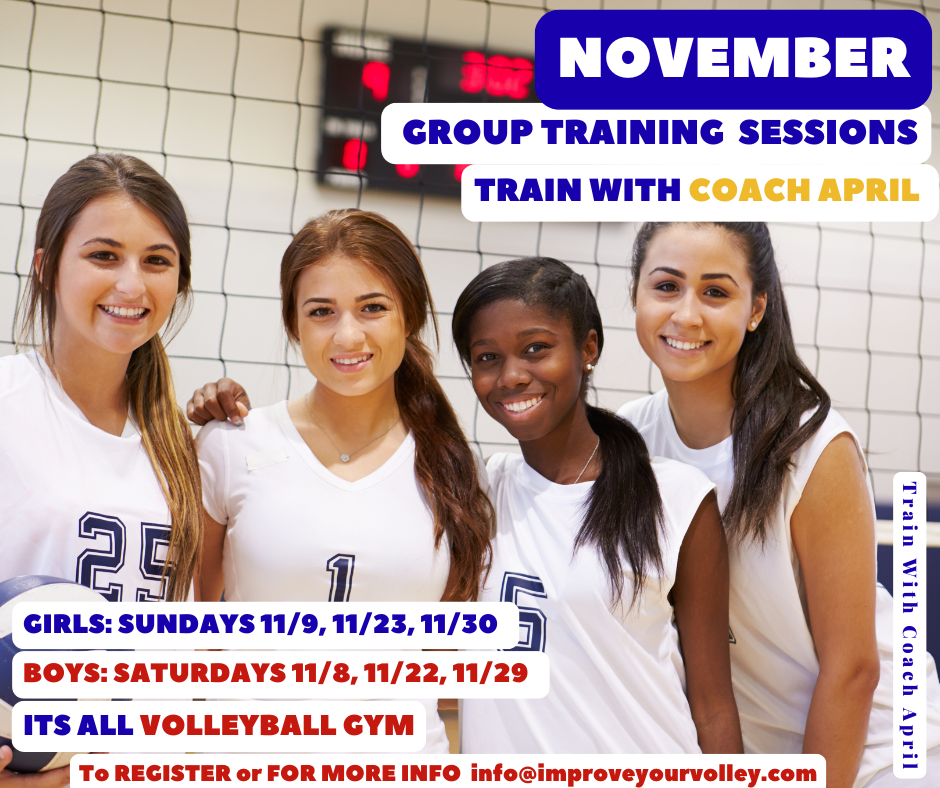
What Are You Looking For?
Click to Download Your Pre Serving Ritual Mastery Checklist pdf:
🎯Volleyball Pre Serving Ritual Guide -
Players! Learn How To Transform Your Serve from Weak to Weapon
Click to Download Your Parent's Volleyball Serving Checklist pdf
🎯Parent's Volleyball Serving Checklist Guide
Parents! Help Your Player Develop Championship Serves (Even If You've Never Played)

Hi there!
Thanks for stopping by. Hope you learned something today that will help you reach your volleyball goals.
Be sure to subscribe to my email newsletter so you can learn more each week!
Stay strong! Stay motivated!
-Coach April

SUSCRIBE to my email newsletter below!

 Click to learn more about the weekly volleyball classes and clinics or email info@imrpoveyourvolley.com for information
Click to learn more about the weekly volleyball classes and clinics or email info@imrpoveyourvolley.com for informationCongratulations to my seven Boys-18s Vegas Volley club players who played in two state championship finals yesterday, the 3A and 5A State champinship finals at Sunrise Mountain High School.
TOURNAMENT CHAMPIONS!
A-1 Vegas Volley VBC
In It To Win It Tournament
May 2 - 4, 2025 Tournament
Gold Medalists
18s Premier Division
Vegas Volleyball's Unsung Heroes: Celebrating Moms with Peace Love Volleyball Shirts
Ready to energize your volleyball mom journey?
Subscribe to my 'Producing Powerful Passionate Peaceful Players' email list above on ImproveYourVolley.com.
You'll receive energy-boosting tips, exclusive insights from me, Coach April Chapple on maintaining momentum in volleyball.
Let's power up the Vegas volleyball scene together!
Recent Articles
-
Big Ten Volleyball Media Day 2023 Player and Coach Quotes and Comments
Oct 31, 25 03:56 AM
The 2023 Big Ten volleyball media day event on August 4-5 hosted coaches and players but the big news was the addition of Oregon and Washington to the Big 10. -
College Volleyball Photo Shoot Day Lets Go Behind The Scenes To See!
Oct 31, 25 03:51 AM
College volleyball photo shoot day. Ever seen what happens behind the scenes on a collegiate picture day? The makeup, the hair, what truly happens on set? -
Famous College Girl Volleyball Players Best of '10 Where Are They Now?
Oct 31, 25 03:49 AM
Check out our volleyball list of 2010's most famous college girl volleyball players. Find out where these talented multiple volleyball award winners are today.
